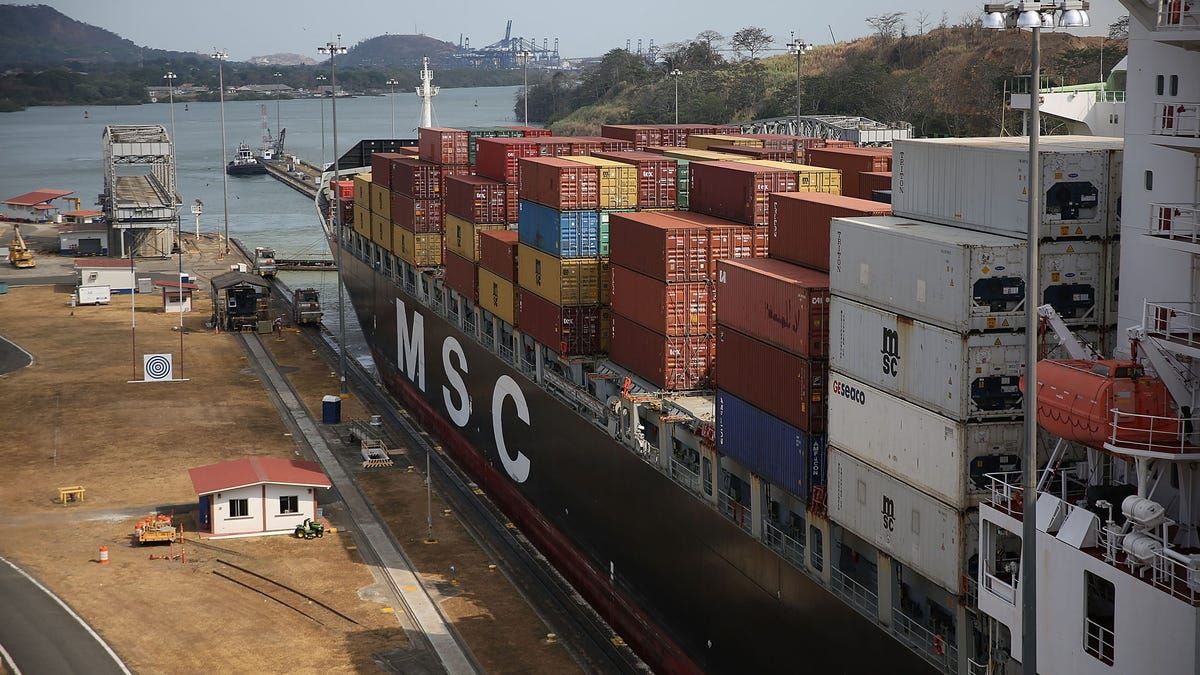The Panama Canal is restricting large ships because of drought
Starting Sunday (June 25), container ships in the Panama Canal will be limited to a depth of 43.5 feet or 13.3 meters. A series of depth restrictions for large ships has been ongoing since January due to shallower waters caused by drought in the region. The largest ships that go through the canal are Panamax container ships which require at least 43 feet to pass through.
Authorities are trying to avoid a traffic stall similar to what happened when the container ship Ever Given got stuck in the Suez Canal in 2021. Stalled ships cause trade and supply chain disruptions, which the global economy is still recovering from in the wake of the covid-19 pandemic. The Panama Canal is responsible for 3.5% of global trade.
Advertisement
The new restrictions will require ships to either carry less cargo or shed other weight to float higher in the canal. But the lighter loads may lead to shipping delays. Capacity limits and surcharges are already increasing for vessels going through the canal. Liquid Natural Gas (LNG) carriers will not be affected as their depths are typically 37 feet (11.2 meters) deep. LNG carriers registered a 31.4% increase in tonnage through the Panama Canal following the war in Ukraine. The Panama Canal Authority placed new tariffs on LNG carriers this year due to the spike.
The trade route that is most affected is the Northern Europe to South American West Coast corridor. The route has seen volatility since 2020 including issues with shipping volumes, and near-constant flux in short- and long-term contract freight rate levels, according to the freight market analytics platform Xeneta. Every year around 250,000 20-foot containers (TEUs) are shipped on that route to South America.
Advertisement Advertisement
Drought in the Panama Canal
The region’s warmer and drier conditions are attributed to a lack of rainfall between the months of February and April. El Niño, which warms sea-surface and air temperatures exacerbates these conditions, with water shortages in the region projected to surpass record lows by July.
Advertisement
The Panama Canal is a vital link between the Pacific and Atlantic basins, where ships move through a lock system using water from several freshwater reservoirs to float cargo vessels overland. While the canal is a body of water in and of itself, if those reservoirs are depleted, more problems could arise in getting ships through.
Source: Quartz


